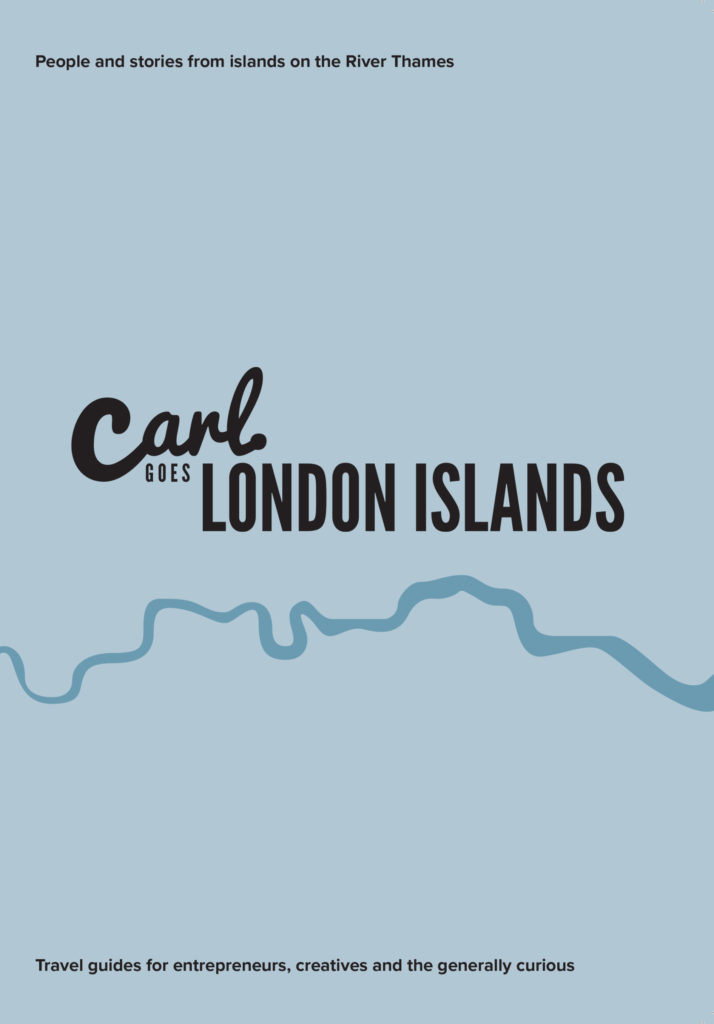Although the River Thames has been a globally recognised emblem of London throughout the ages, few people know about the islands and islanders of the river. There are around 200 islands on the River Thames, dozens of which are inhabited. Home to quirky histories and unconventional residents, each and every one of the islands has a story to tell.
To celebrate the release of her new book, Sasha Arms shares some of her favourite titbits about the islands of the Thames.
1. An Egyptologist, The Avengers and Jimi Hendrix
Pharaoh’s Island – accessible only by boat – is found in leafy Shepperton. Originally owned by an Egyptologist, who gradually sold off plots on the island to fund his trips to Egypt, each of the 23 houses on the island today has an Egyptian-inspired name.
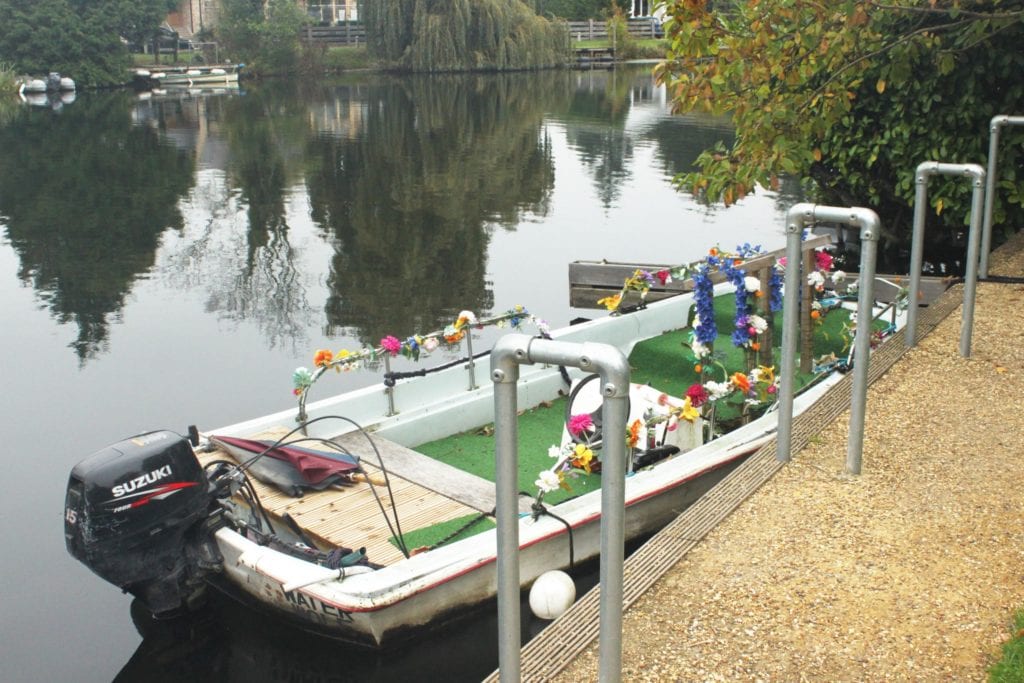
Sphinx was the first house built on the island and in the 1960s, it became the home of The Avengers actor Ian Hendry and the first Disney actress, Janet Munro. Known for their star-studded parties, Jimi Hendrix was even spotted swimming in their pool on one occasion!
Local tip: Spot Pharaoh’s Island from the Thames Path, before heading for a drink at The Thames Court pub.
2. Eric Clapton and WWI torpedoes
Nowadays, Platt’s Eyot is home to an eclectic mix of business owners, from prosthetic limb manufacturers to craft beer brewers. A music producer even had Eric Clapton over to do some recording once – luckily he wasn’t fazed by the hole in the wall caused by some impromptu building work.
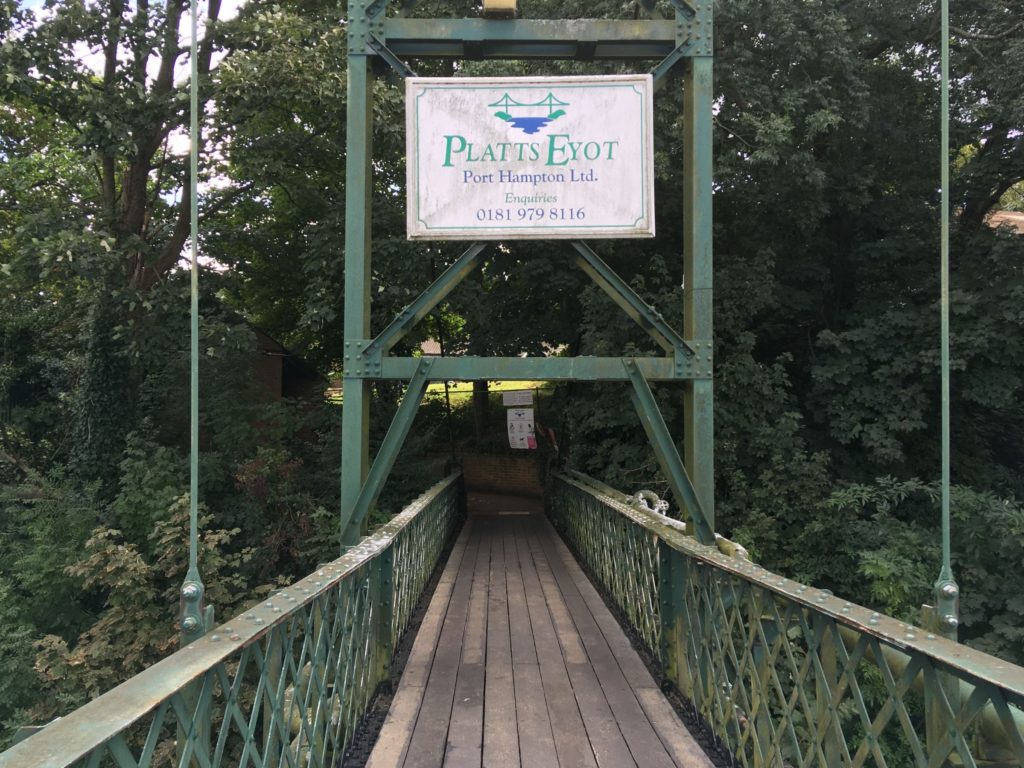
An island where anything goes, Platt’s Eyot is actually the location of a top secret past. During World War I, torpedoes were built by the Royal Navy inside four camouflaged boat sheds, which are now listed buildings. The first ever aircraft carrier is also believed to have been built on the island.
Local tip: Wander along the Thames Path through Hurst Park – the location of an 1890 racecourse – to get a great view of Platt’s Eyot.
3. Horsing around on the river
Ash Island – just a short stroll from Hampton Court – is an enchantingly verdant spot surrounded by pretty houseboats. There are only a couple of permanent houses on the island itself, one of which was owned by the chairman of Molesey Boat Club in the 1950s and 60s.
An eccentric fellow, the chairman frequently fancied a little extra publicity for himself or the club. On these occasions, he would phone the local press and tell them a man was about to ride a horse through the water from the club to Ash Island.
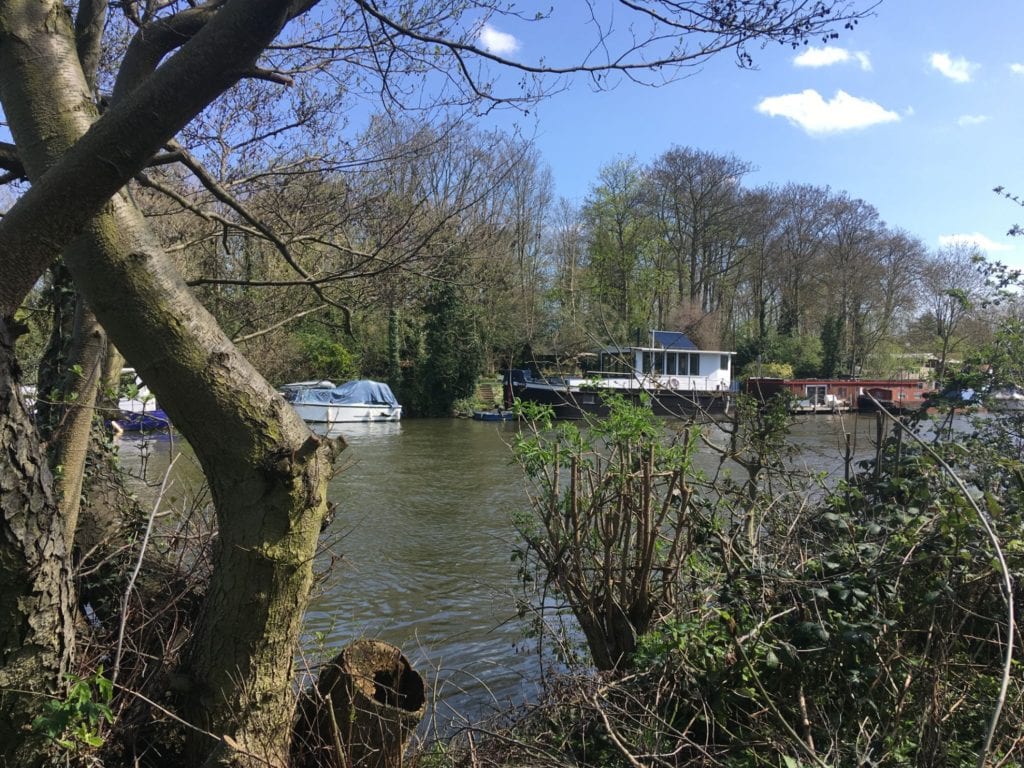
When the journalists turned up, he would ride his horse Tony home! The current owner of his former house still has a shed affectionately referred to as the ‘Tony Shed’.
Local tip: Spot Ash Island from the Thames Path, before wandering into the village at Hampton Court for people-watching in one of the cafés or browsing the antiques shops.
4. Basket making revival
Chiswick Eyot can be spotted from the stretch of the River Thames between Hammersmith and Chiswick. The island was used for growing grass and willows for basket making during the industrial revolution, and this pastime has grown again in popularity over recent years.
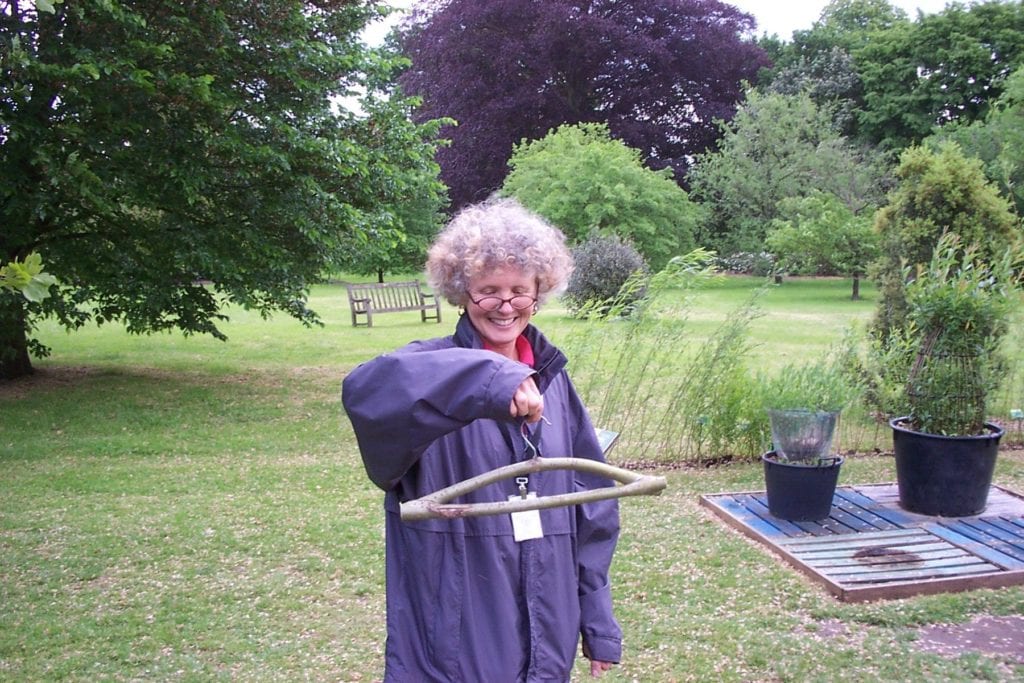
Since it’s possible to walk to the island during low tide, local artists have been known to visit Chiswick Eyot to gather materials for their creations.
Local tip: Make sure you get to know the tide timetable inside-out before you visit. The Old Ship W5 is a pretty 18th-century riverside pub just a 10-minute walk away – ideal for those who like to play things a little safer…
5. The rich and famous, plus the discovery of Charlie Chaplin
Taggs Island – found on the stretch of river between Hampton and East Molesey – has one of the most vibrant histories of all the River Thames islands. Purchased by the big name theatre producer Fred Karno in the 1900s, the grand Karsino Hotel subsequently opened on the island.
With continental gardens, an illustrious grand ballroom and a German beer garden, the hotel attracted the rich and famous from far and wide. Karno later used some of his wealth to build the Astoria houseboat, which was moored to the island.



This is where Charlie Chaplin was discovered, after he had his first audition aboard the boat. Astoria can now be spotted moored a little further along the river near Garrick’s Temple to Shakespeare, and is currently owned by Pink Floyd’s David Gilmour, who uses the boat as a recording studio.
Local tip: Soak up a perfect view of Taggs Island from Eight on the River – the café at Molesey Boat Club.
6. Flying flags and duck eggs
Hamhaugh Island is tucked away behind Shepperton Lock, with around 50 homes belonging to artists, actresses and architects. Before anyone lived permanently on the island, Hamhaugh Island was a holiday spot for Londoners looking to get away from it all.
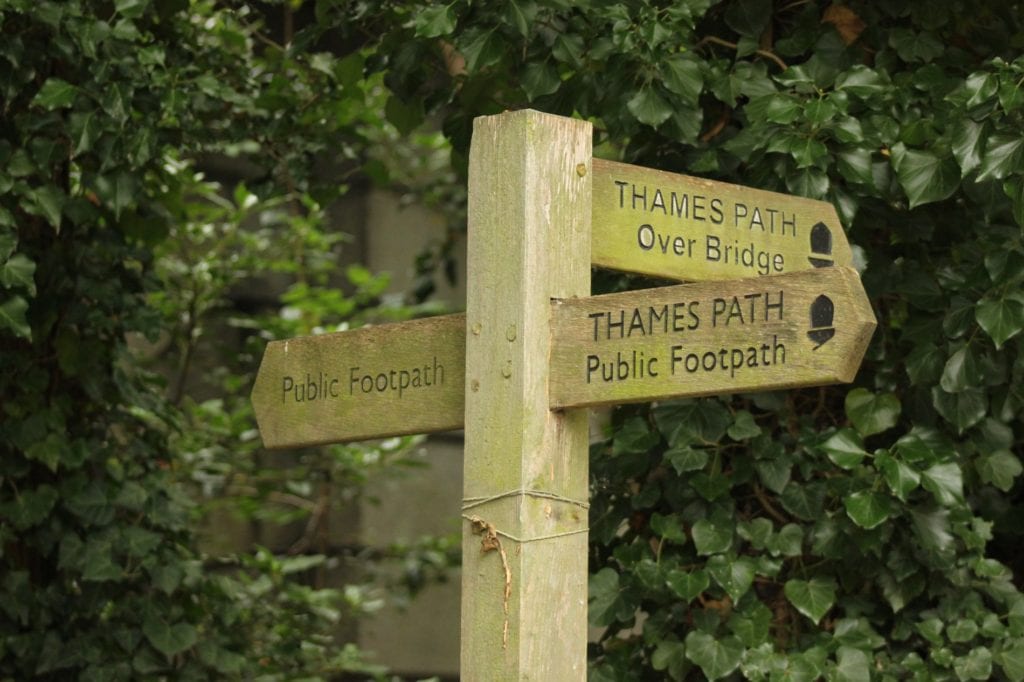
Amenities were basic, but included a toilet in the middle of the island green. The flag could be seen flying high when it was in use… People started moving there permanently during World War II to escape the bombing.
Local ducks also started laying their eggs on boat landings around the same time, doing their bit for the war effort by supplying precious food for cooking.
Local tip: Pay a visit to Nauticalia Shepperton just a stone’s throw from the island for coffee and trinket shopping.
7. A revolutionary wind-up radio and a local legend
Eel Pie Island in Twickenham is well known for its music history, with every big musical name performing there during the 1950s and 60s. The island was also home to Trevor Baylis OBE CBE, who invented the wind-up radio from his humble workshop.
Negating the need for batteries or electricity, this invention was rolled out across Africa and made education about AIDS and HIV widely possible for the very first time. Trevor Baylis was a legend in more ways than one, and is fondly remembered as once referring to the Eel Pie Island community as “50 drunks clinging to a mudflat”!


He sadly passed away in 2018, but is so iconic of local life, he has his very own section in the nearby Eel Pie Island Museum.
Local tip: Home to a thriving community of artists, Eel Pie Island hosts its Artists Open twice a year (usually July and December – not running in 2020).
More information
Discover more stories like these in Carl Goes London Islands, a book about the islands and islanders of the River Thames.
Bradt readers can enjoy a 20% discount using the discount code BRADT at thamesislands.london.
